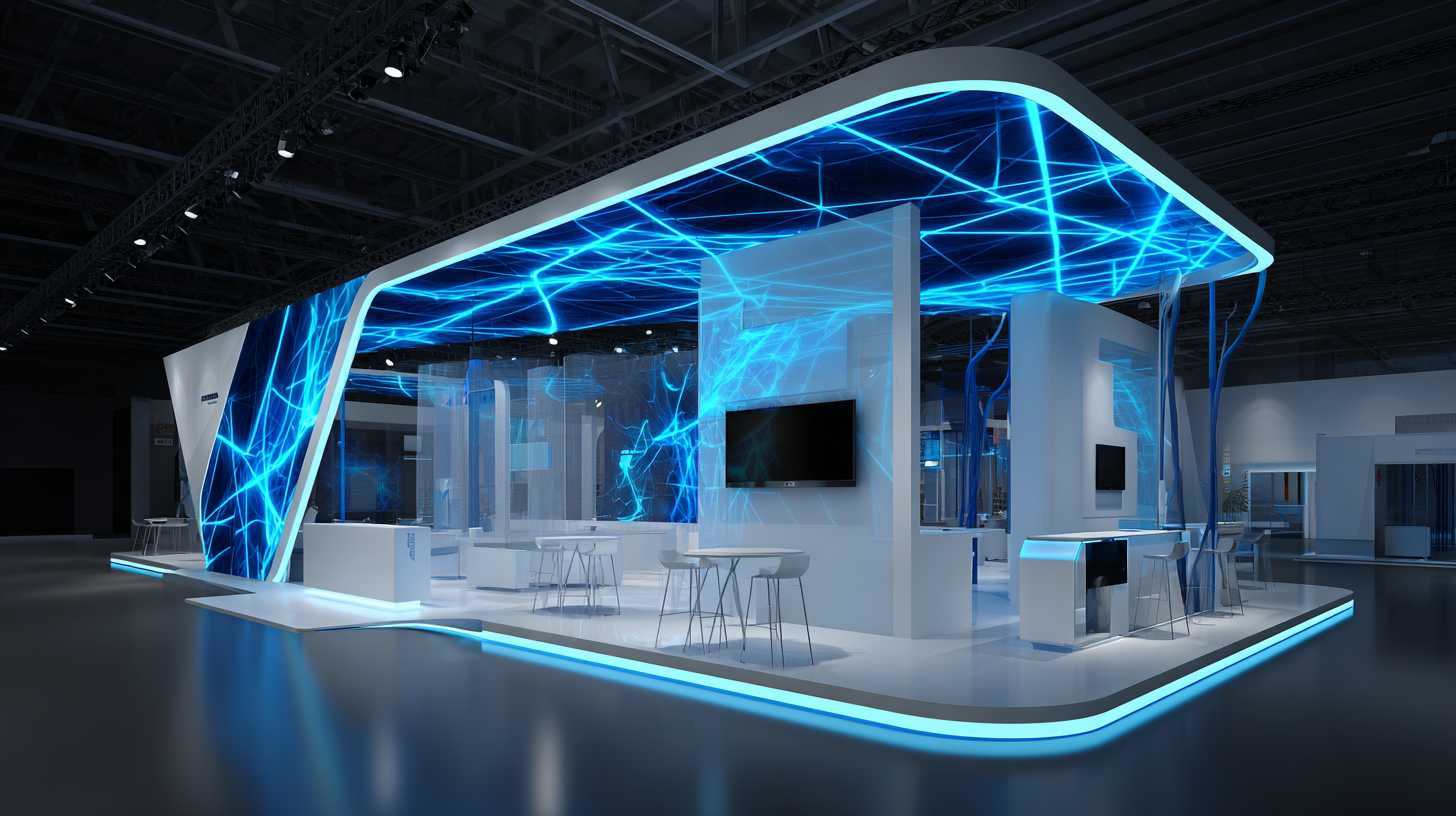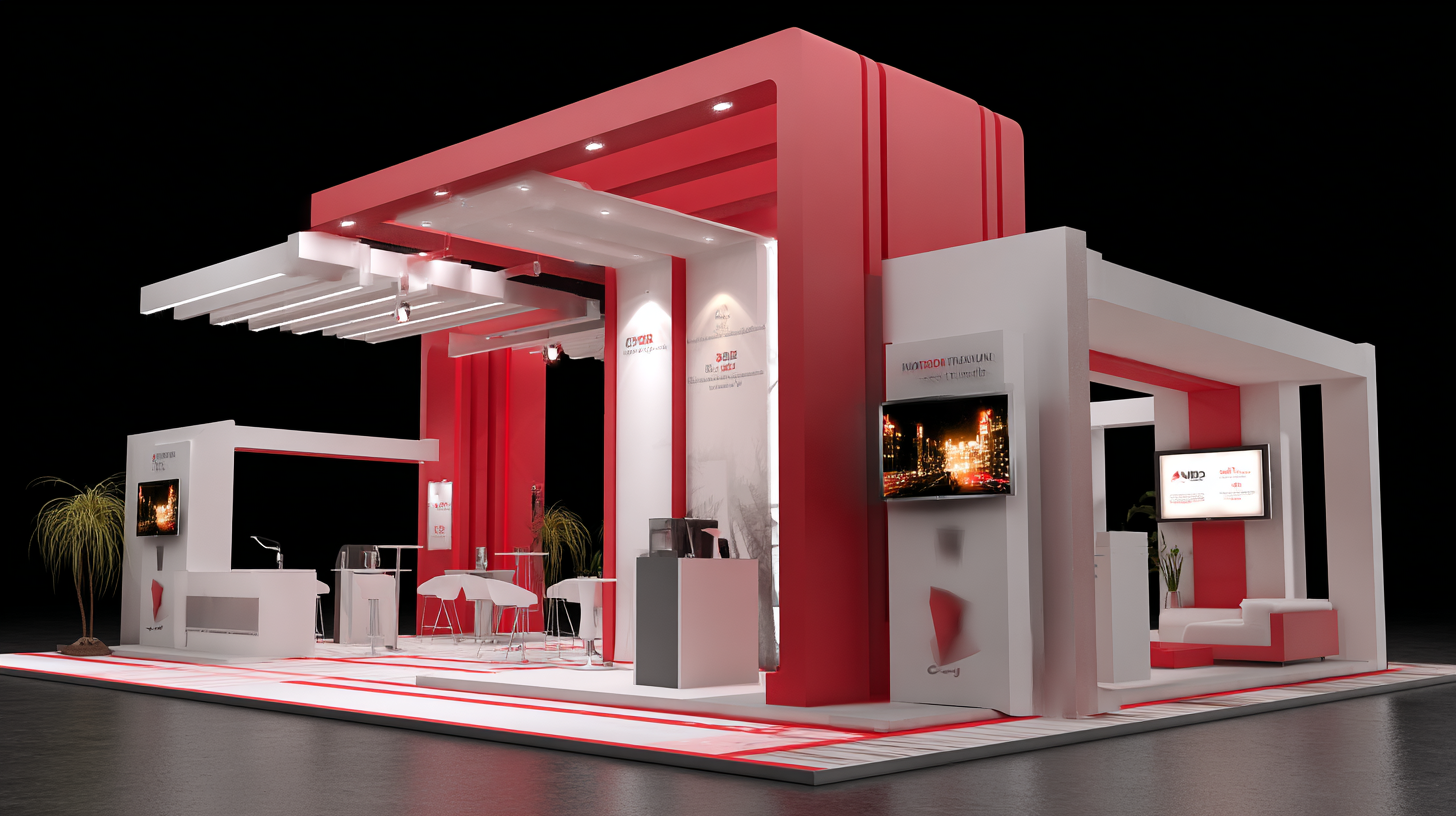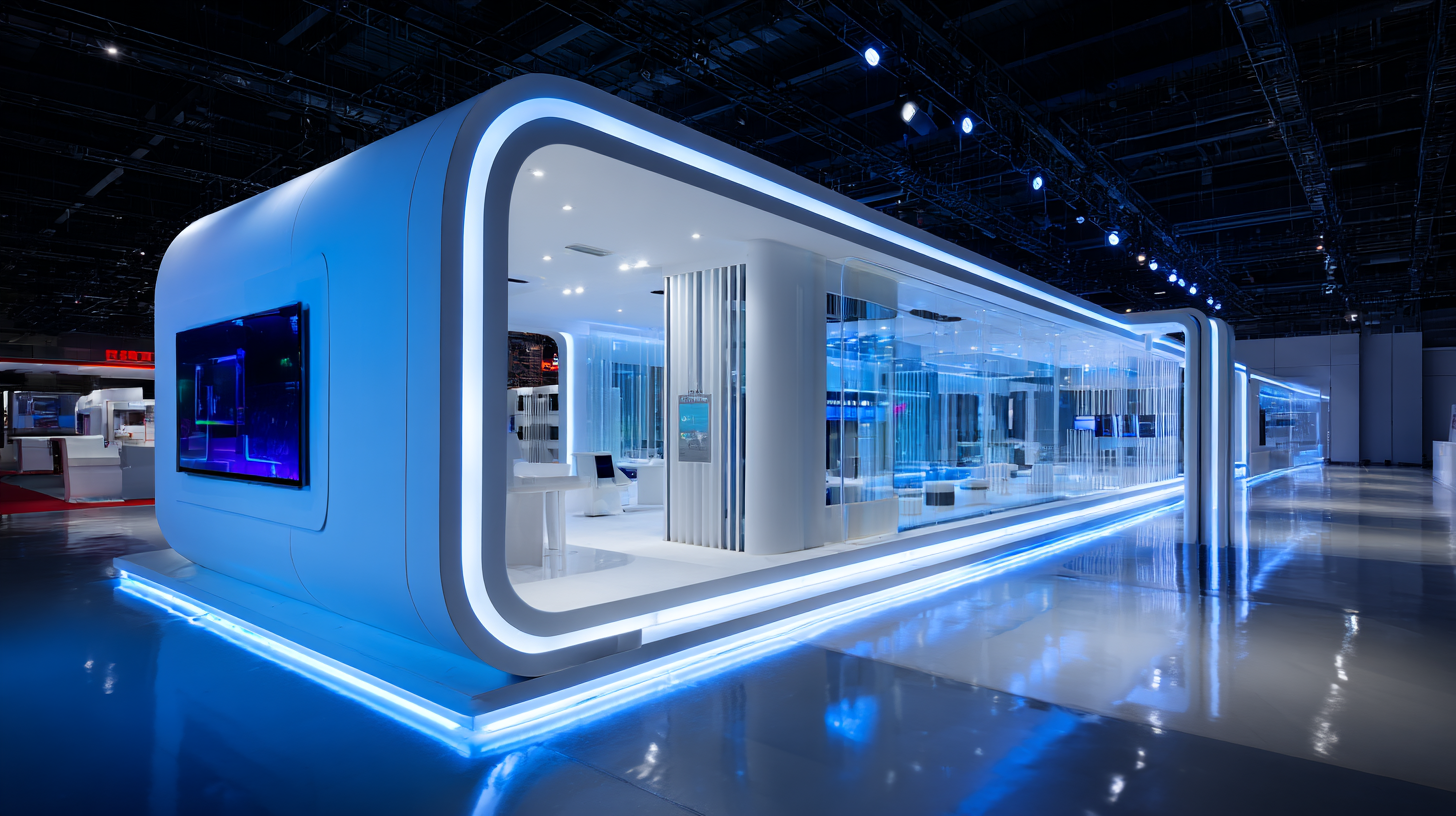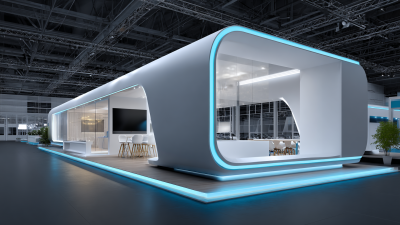
In an era where technology significantly shapes consumer experiences, the landscape of trade shows is undergoing a transformative shift. Digital innovation in Exhibition Design Booths is not just a trend but a necessity for engaging today's tech-savvy audience. According to a report by the Center for Exhibition Industry Research (CEIR), 76% of attendees believe that the overall experience at trade shows greatly influences their purchasing decisions. With advancements in augmented reality, interactive displays, and smart technologies, exhibitors are now capable of creating immersive environments that enhance brand storytelling and customer interaction. The integration of these digital solutions transforms traditional exhibition designs into dynamic spaces that foster deeper connections and heightened emotional responses. As businesses strive to capture the attention of potential clients at these events, the refinement of Exhibition Design Booths through digital innovation emerges as a pivotal strategy to stay competitive in an increasingly crowded market.

 Emerging technologies are dramatically transforming exhibition booth design, setting the stage for the future of trade shows. Innovations such as interactive displays, augmented reality, and artificial intelligence are reshaping how brands engage with audiences. These technologies not only enhance visual appeal but also create immersive experiences that captivate and educate visitors. For instance, incorporating AI-driven analytics allows exhibitors to tailor content to specific audience demographics, ensuring that every interaction is meaningful and impactful.
Emerging technologies are dramatically transforming exhibition booth design, setting the stage for the future of trade shows. Innovations such as interactive displays, augmented reality, and artificial intelligence are reshaping how brands engage with audiences. These technologies not only enhance visual appeal but also create immersive experiences that captivate and educate visitors. For instance, incorporating AI-driven analytics allows exhibitors to tailor content to specific audience demographics, ensuring that every interaction is meaningful and impactful.
Tips for Designing with Emerging Technologies:
As trade shows evolve, the role of interactive experiences in exhibition design booths has become increasingly pivotal in attracting visitors. According to a recent report by the Event Marketing Institute, 74% of attendees are more likely to remember a brand that offers an interactive experience. This statistic illustrates how engaging potential customers through interactive elements can leave a lasting impression and significantly enhance brand recall.
Moreover, incorporating technologies such as augmented reality (AR) and virtual reality (VR) within booths has been shown to draw larger crowds. A study by Statista indicated that booths integrating AR or VR saw a 36% increase in foot traffic compared to traditional setups. These immersive experiences not only captivate attendees' attention but also encourage deeper engagement, allowing potential clients to interact with products or services in a memorable way. As the competition at trade shows intensifies, the need for exhibitors to adopt innovative strategies through interactive experiences becomes essential for capturing visitor interest and driving meaningful connections.
As the landscape of trade shows evolves, sustainability has become a critical focus in modern exhibition design. Recent studies indicate that 60% of event planners prioritize sustainable practices in their planning processes, reflecting a growing awareness among businesses and consumers alike. Digital solutions play a pivotal role in this shift, enabling booths to minimize waste while maximizing impact. For example, the use of augmented reality (AR) and virtual reality (VR) can create immersive experiences without the need for excessive physical materials, aligning with the eco-conscious ethos that many companies now embrace.
Tips for implementing sustainable practices in exhibition booths include using materials made from recycled or biodegradable substances, optimizing energy efficiency through LED lighting, and leveraging virtual platforms to reduce travel footprints. Additionally, incorporating digital signage can replace paper handouts, providing real-time information while drastically cutting down on paper waste.
By integrating these strategies, exhibitors can not only enhance their operational efficiency but also appeal to a clientele that values environmental responsibility. As data shows, 75% of consumers are more likely to purchase from brands that demonstrate sustainable practices, making the case for sustainability not only an ethical choice but also a strategic advantage in the competitive landscape of trade shows.
| Dimension | Digital Solutions | Sustainability Impact | Future Trends |
|---|---|---|---|
| Interactive Displays | Virtual Reality Experiences | Reduced Material Waste | Integration of AI |
| Mobile Applications | Event Navigation and Networking | Less Paper Usage | Augmented Reality Features |
| Data Analytics | Visitor Engagement Metrics | Energy Efficiency Tracking | Smart Booth Technologies |
| Social Media Integration | Live Streaming Events | Carbon Footprint Reduction | Blockchain for Transparency |
| 3D Printing | Custom Built Booths | Sourcing Local Materials | Remote Collaboration Tools |
In the age of digital transformation, trade shows are redefining their landscapes through innovative booth installations that enhance brand messaging. A report by the Event Marketing Institute reveals that 70% of marketers believe in-person events are vital for their brand's success, emphasizing the need for booths that not only attract attention but also effectively communicate brand values. By integrating technology such as augmented reality and interactive displays, brands can create immersive experiences that engage attendees and leave lasting impressions.

Innovative installations are increasingly driving customer interactions and brand loyalty. According to a survey by Statista, 45% of attendees reported they remember brands better when they engage with interactive kiosks or virtual demos at trade shows. This shift towards experiential marketing demonstrates that brands are moving beyond traditional promotional strategies to foster deeper connections with their audience. Customizable booth designs that incorporate cutting-edge technology not only captivate visitors but also facilitate meaningful dialogues, ensuring that brand messaging resonates even after the event concludes.
As we look toward the future of trade shows, the integration of virtual and augmented reality (VR and AR) is set to redefine exhibition design. By 2025, innovations such as digital twins and immersive virtual showrooms will enable brands to create engaging, interactive environments that captivate visitors. This shift not only enhances the attendee experience but also provides businesses with valuable data insights to tailor their products and services better.
Tips for implementing VR and AR in your exhibition: First, consider developing a space that incorporates interactive features, allowing visitors to engage with your brand in real time. Secondly, leverage AI-driven personalization to create unique experiences for each attendee. Lastly, don’t forget the potential of combining AR with physical elements, such as QR codes, to seamlessly blend the digital and physical worlds.
As the demand for immersive experiences grows, trade shows will increasingly become platforms for genuine connection and exploration. Future trends such as spatial computing and smart glasses will pave the way for innovative applications across various industries, fostering a new era of exhibition design that prioritizes interactivity and visitor engagement.






